JACQUES PALUMBO
In my present research I am trying to render communicable the substance of the content of the work of art on a perceptual and reflective level.
As a starting point, it was necessary to analyse the occidental thinking process which is essentially linear and consequently defines a principle of cumulative knowledge. In a second stage of my work (which I am presently pursuing) to concretize this type of thought I am seeking to create a form for the content of my research and to outline a reading by means of my work which is not only linear but multi-directional or 'tabular.'
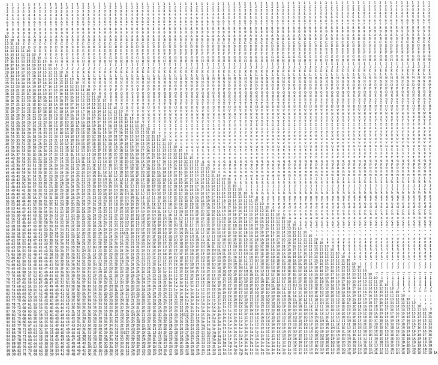
In the first stage of my work, I constructed my research on numerical signs, alphabetical signs and signs of punctuation. It was necessary to build a system to give a 'verticality' to the typographical sign. Why typographical signs? Because these signs, already coded and codified, define the structure of the language and, consequently, of communications. These coded signs have an 'order' in space: my aim was to redefine this space. My tools (hardware) during this research period were a typewriter and paper; as for the software, it was a semiological analysis.
For my analysis I used the repertoire of numerical signs (87) and visual signs (10 picas) on my machine. Because these signs have a sequence, they can be declined. Consequently I placed this repertoire on a paradigmatic axis ... As in narrative prose, the descriptive enumeration successively articulates elements chosen at random and subsequently assembled in an arbitrary order. After the enumeration, the signs define a permutable order, then combine. On the syntagmatic axis going from left to right, I observe an evolution in which there is a transition from a serial order to a permutable order. I realized that the force of a sign depends not on its semantic value, but rather on its relationship to neighboring signs. To concretize this notion of semiotics, during the second stage of my research, I stripped the sign of its semantic value and gave it a purely spatial character. I thus replaced the substance of the content with a form of the content, reiterating Eco's theory which states that: "In order to be communicable, the substance of the content must be made into a 'form of the content' structurally homologous to its form of expression."
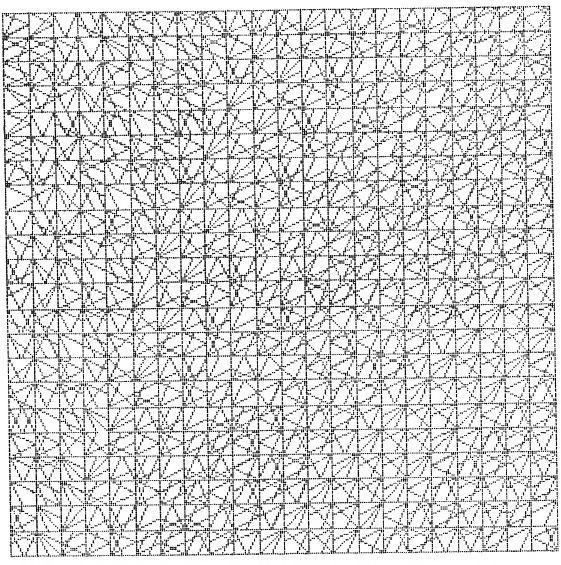
In practical terms, for each typographical symbol, there is a corresponding graphic sign to which I have attributed a spatial value. An enumeration on a numerical base can be seen in each vertical column. Therefore, in each horizontal line, each sign has a value equivalent to that of the sign preceding and following it, but with a different numerical base:
| 1 | 1 | 1 | 1 |
| 2 | 2 | 2 | 10 |
| 3 | 3 | 10 | 11 |
| 4 | 10 | 11 | 100 |
4 (base 5) = 10 (base 4) = 11 (base 3) = 100 (base 2)
Technically speaking, my work was well suited to experiments with a computer. I worked in collaboration with the Centre de Calcul de I'Universite de Montreal. Several experiments done with an electrostatic points printer (Versatec) offered a new dimension to my work relating to the concept of time. The machine does not make errors and the visual experience is almost immediate since, having given the data to the computer, I received the result in 'real time.' The concept of sensitivity takes a new meaning. It corresponds to what I would call a new program which, instead of addressing the senses and intuition, speaks far more to the intellect and to the reason by means of a more and more subtle coding. During this stage I used the computer, not to test its capacities, but to discover the maximum of 'interesting' possibilities it had to offer.
I maintain that the work of art is a fundamentally ambiguous message: a plurality of 'signifiers' which exist in one single 'signifiant.' To make known that the world is an object which must be deciphered ... to transform signs, is to give them a new distribution in nature (this undertaking is indeed the definition of art) and to base this distribution not on 'natural laws,' but on the freedom that men have to give a meaning to things (cf: Brecht's theater).
The role of art is therefore not so much to know the world as to produce complements to it: art creates autonomous forms, which, added to those existant, possess a life of their own and laws unto themselves.
Montreal, Canada
August 1975
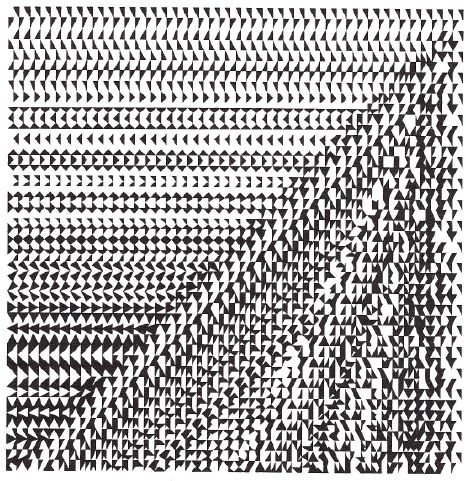
Electrostatic drawing, 1973.
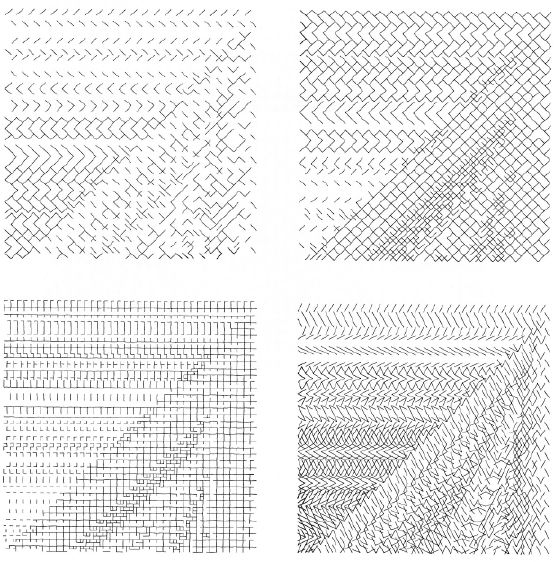
'SOF2B 12291 120573' 'SOF2A 12289 100573'
'SOF1C 12285 060573' 'SOF2C 12302 230573'
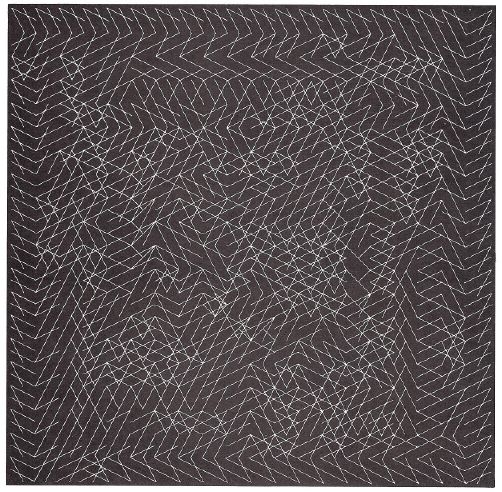
'HE7 gc/gf', 1974, 26x20 inches. Serigraph from the 'OPEN SIGNS' portfolio.
Return to Table of Contents | Previous Section | Next Section

